Kindergarten Citizen Scientists: Taking Action to Save the Earth
By Cindy Workosky
Posted on 2018-05-21
My kindergarten students recently became citizen scientists as they investigated their big questions about the natural world around them. The snow finally melted, the critters have made their appearance, and the plants are beginning to bloom. It’s early May, and Spring has finally arrived—not a moment too soon. Our class has been out walking on our school trails, observing the signs of life that finally have appeared!

After reading aloud Salamander Sky, a new book by Katy Farber; The Great Kapok Tree by Lynne Cherry; What Matters by Allison Hughes and Holly Hatam; Sandy’s Incredible Shrinking Footprint by Femida Handy and Carole Carpenter; and Take Care of The Earth Every Day by Tammy Gagne, students wondered about our natural world and how we can care for our plants, critters, and everything around us. Some questions they asked were these: How can we ensure clean water for amphibians and fish? How do we keep the air and land clean? How can we protect forests, which many creatures call home? How can we protect the food supply of the creatures in our environment?
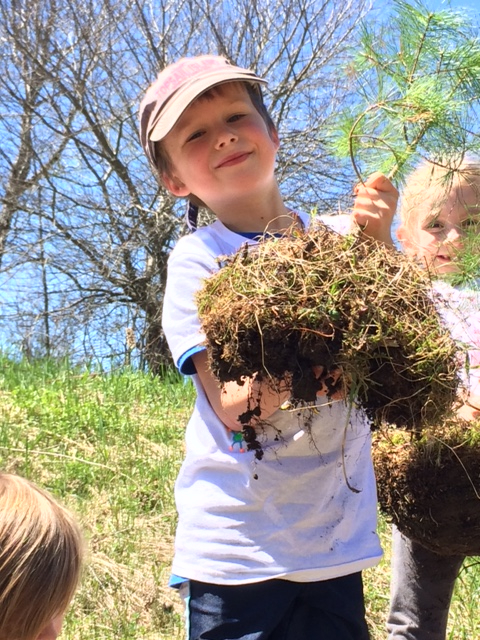
Students brainstormed to create a list of the many comforts and conveniences we humans enjoy, such as disposable containers and wrappers, paper and canned goods, gas for cars, goods produced in factories, and trees that are transformed into things we use. They discussed the many ways our comforts and conveniences can affect the land, air, water, and other life in our environment. They shared their concerns that trash is accumulating in landfills or is left where it can harm animals and the land, that emissions from cars and factories cause air and water pollution, and that cutting down trees can leave animals without homes and food.
Students were eager and excited to identify many ways we can all help. They believe we should use less, reuse when possible, and recycle items; drive less, ride bikes, drive electric cars, or carpool; make better filters, ask companies to “please stop releasing harmful chemicals into the environment”; write letters to the governor and president requesting change; and cut down fewer trees or plant more in their place to save the homes of creatures and to create more clean air. My students’ ideas are their own, and they are brilliant!
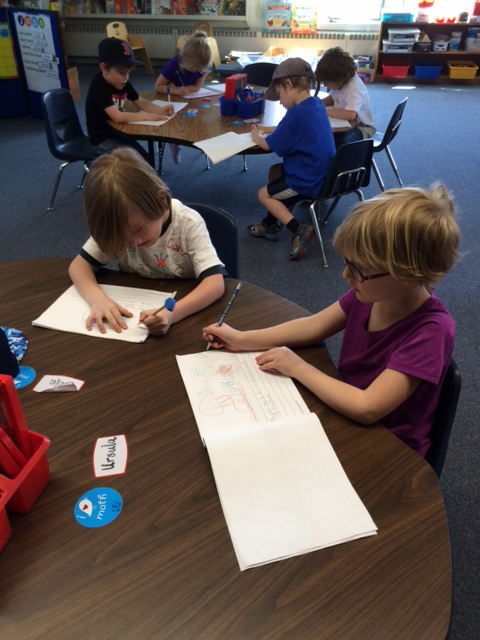
In response to our daily read-alouds and discussions, students wrote nonfiction books titled All About What Citizen Scientists Do that detailed the many great ways they chose to take action. Students agreed to create signs to remind others about caring for the environment; build birdhouses and bird feeders; use recycled materials to create art; start a compost bucket at home and school; write a letter to the governor about ways to save the environment; and ride their bikes more often instead of traveling in cars.
Students also enjoyed participating in an all-school Green Up Day event to clean up our school and community, as shown in the pictures featuring the cross-grade collaborative greening up they did with fifth and sixth graders. Finally, our class shared their stories and finished products with other students and teachers in the school to inspire others to become citizen scientists. My students are busy saving the planet, and we hope you will do so, too!
I would enjoy hearing your feedback on this science investigation or if you had similar investigations to share. Comment below and I’ll be sure to respond.
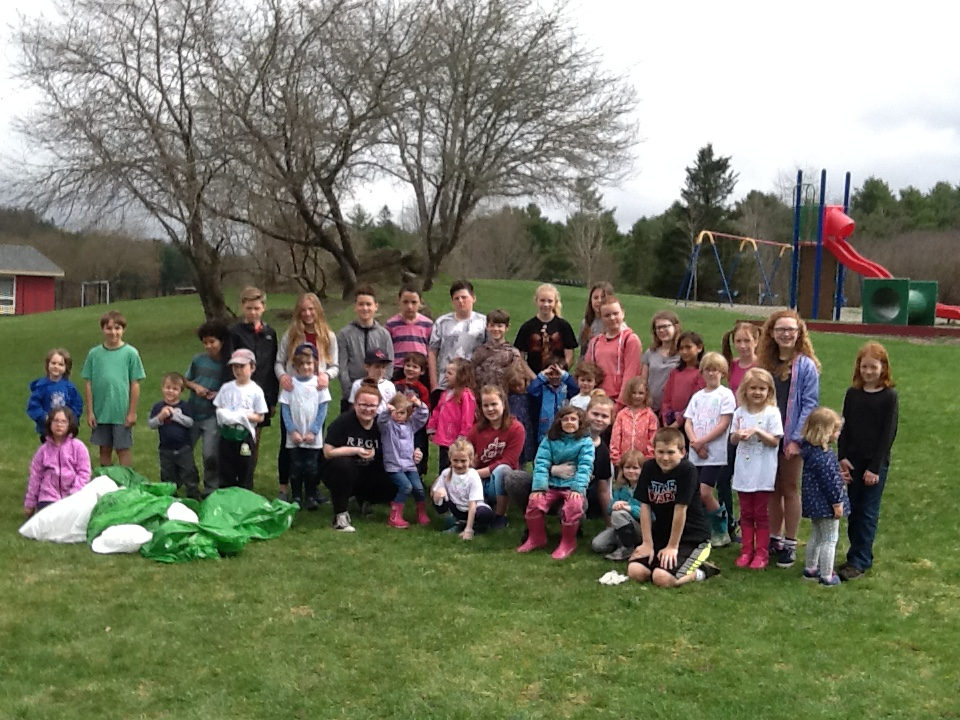
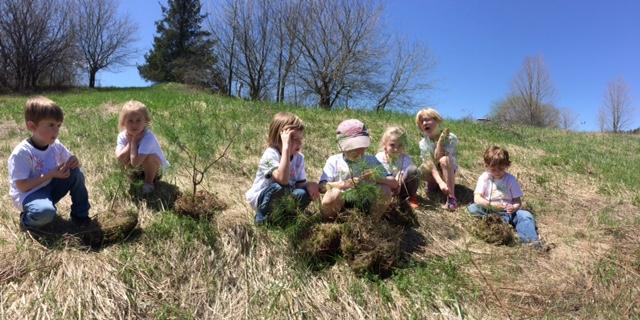
Standards Addressed Through These Activities
K-ESS3-3.3: Communicate solutions that will reduce the impact of humans on the land, air, water, and/or other living things in the local environment.
- Core Idea: K-ESS3.C: Human Impacts on Earth Systems: Things that people do to live comfortably can affect the world around them. But they can make choices that reduce their impacts on the land, water, air, and other living things.
- Core Idea: ETS1.B: Developing Possible Solutions: Designs can be conveyed through sketches, drawings, or physical models. These representations are useful in communicating ideas for a problem’s solutions to other people.
- Crosscutting Concept: Events have causes that generate observable patterns.
W.K.2: Use a combination of drawing, dictating, and writing to compose informative/explanatory texts in which they name what they are writing about and supply information about the topic.
Transferable Skill: Engaged Citizenship—Participate in and contribute to our local and global communities.
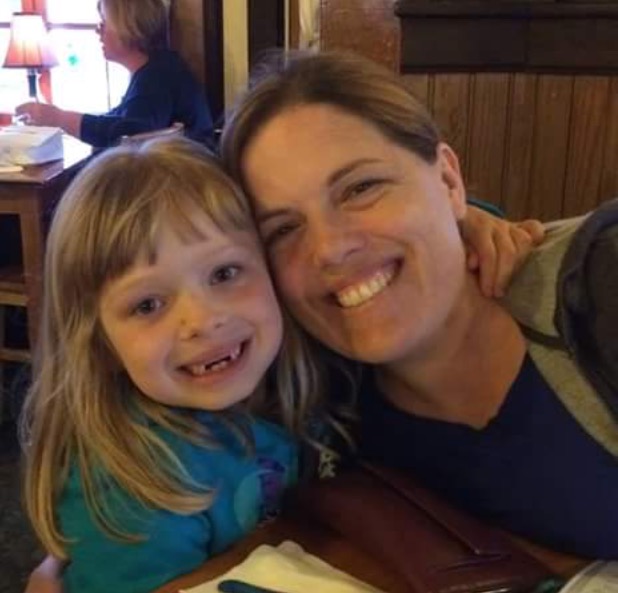
Kelly MacMartin is a passionate kindergarten teacher at Calais Elementary School in the Washington Central Supervisory Union in Vermont. She has taught for 12 years at the primary level. She is passionate about connecting with students in all instructional areas, but especially loves helping students explore their own topics of inquiry related to the natural world. MacMartin is studying in the School Leadership program at Saint Michael’s College and enjoys sharing and learning great practice with and from colleagues.
This article was featured in the May issue of Next Gen Navigator, a monthly e-newsletter from NSTA delivering information, insights, resources, and professional learning opportunities for science educators by science educators on the Next Generation Science Standards and three-dimensional instruction. Click here to sign up to receive the Navigator every month.
Visit NSTA’s NGSS@NSTA Hub for hundreds of vetted classroom resources, professional learning opportunities, publications, ebooks and more; connect with your teacher colleagues on the NGSS listservs (members can sign up here); and join us for discussions around NGSS at an upcoming conference.
The mission of NSTA is to promote excellence and innovation in science teaching and learning for all.
Future NSTA Conferences
2018 STEM Forum & Expo
Dive into Three-Dimensional Instruction Workshop
2018 Area Conferences
2019 National Conference
Follow NSTA
Disclaimer: The views expressed in this blog post are those of the author(s) and do not necessarily reflect the official position of the National Science Teaching Association (NSTA).


